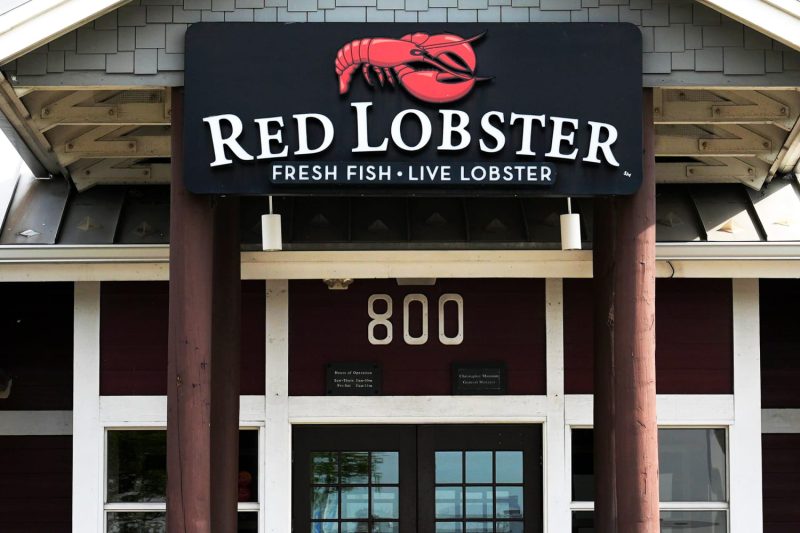The story of Red Lobster, an American casual dining restaurant chain specializing in seafood items, is as intriguing as it is enlightening. Over time, Red Lobster has faced ups and downs, with a significant turning point in its corporate history depicting the influence of private equity in the life of a company. Contrary to popular belief, it wasn’t the restaurant’s famous endless shrimp offer that led to its predicament, but the entry and role of private equity.
Private equity firms invest in or buy out companies, with the intention to enhance their value and later sell them for a significant profit. The strategy can be a double-edged sword: on one hand, it can provide much-needed capital to struggling businesses and stimulate organizational restructuring for better performance. On the other hand, private equity investment often comes with cost-cutting measures, which may compromise the quality of the product and affect the business in the long run.
In the case of Red Lobster, the private equity saga began when it was acquired by Golden Gate Capital in 2014. Golden Gate paid $2.1 billion to Darden Restaurants for the acquisition, intending to revitalize Red Lobster through operational improvements and strategic repositioning.
However, the private equity approach sometimes requires firms to take on substantial debt to finance the purchase and then leverages the company’s assets to service this debt. This was the case with Red Lobster, which had to bear a significant part of the debt Golden Gate incurred for its purchase. This increased financial pressure put a strain on Red Lobster’s operations and financial health.
The less apparent but equally significant aspect of the story is how the strategy employed by Golden Gate affected the overall product quality at Red Lobster. Post-acquisition, a series of cost-cutting measures was implemented, including a significant decrease in the amount of seafood ordered and an increase in frozen shipments in place of fresh. These changes inevitably led to a decline in the food quality at Red Lobster as the days of fresh catch and live lobsters in tanks passed.
Furthermore, the implementation of aggressive promotional strategies, such as the endless shrimp campaign, misfired noticeably. These promotions served to attract a demographic more interested in the amount of food rather than quality. The shift alienated Red Lobster’s previous customers who sought a decent seafood meal rather than an all-you-can-eat experience.
Consequently, the aggressive cost reduction approach resulted in a diminished dining experience at Red Lobster, dampening its distinct seafood restaurant appeal and leading to a decline in customer satisfaction. While it was hoped that the entry of Golden Gate Capital would revitalize the Red Lobster brand, it instead amplified financial stress and eroded product quality.
In retrospect, the Red Lobster saga is a classic case of how private equity can fail to deliver its intended outcome, emphasizing the importance of a balanced approach to financial management and brand building. The story anew enlightens about the prospective pitfalls of relying excessively on the private equity model, further indicating that a company’s success requires more than just financial restructuring. Business ventures need to continually prioritize customer satisfaction and maintain the essence of their brand to survive and thrive. It wasn’t Red Lobster’s iconic endless shrimp that created their precarious situation, but a misguided management approach fueled by a sprawling private equity venture.




